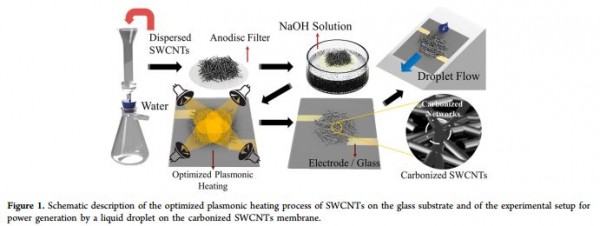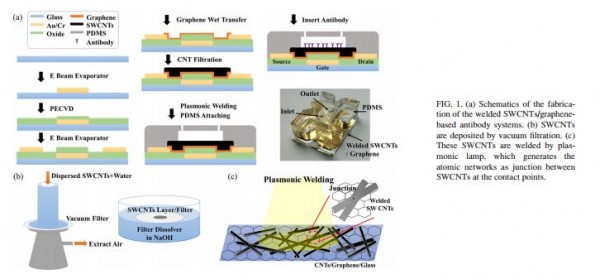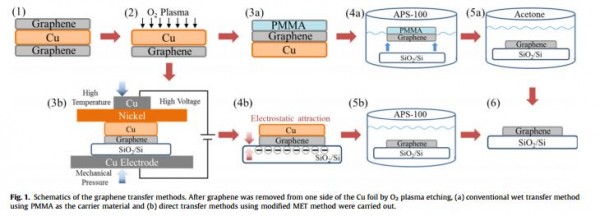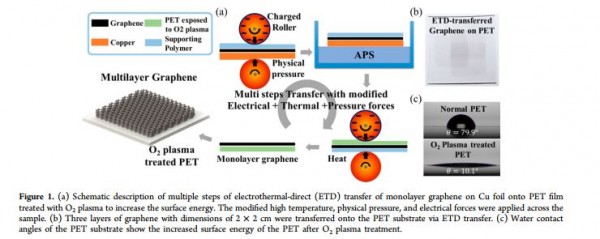본문
| Target Molecule Sensor System using Nanomaterials and Nanoscience
This research tries to find the best way to detect target molecules. Most researches are focused on the interaction between nano-material and target particles. To find effective method, the basic applicable physics of nano-sciecne such as 'flow induced energy geration'[1], 'CNTs carbonization'[2] and 'Selective deposition'[3] are mainly researched. This research also try to increase the ratio between signa/noise, so the way to improve the quality of transferred nano-material[4] are also researched.
<Reference>
[1] Kim, J., Lee, J., Kim, S., & Jung, W. (2016). Highly increased flow-induced power generation on plasmonically carbonized single walled carbon nanotubes. ACS Applied Materials & Interfaces. [2] Kim, J., Kim, G. G., Kim, S., & Jung, W. (2016). Plasmonic welded single walled carbon nanotubes on monolayer graphene for sensing target protein. Applied Physics Letters, 108(20), 203110. [3] Kim, J., Kim, S., & Jung, W. (2016). Selective atomic layer deposition onto directly transferred monolayer graphene. Materials Letters, 165, 45-49. [4] Kim, J., Kim, G. G., Kim, S., & Jung, W. (2016). Highly Enhanced Electromechanical Stability of Large-Area Graphene with Increased Interfacial Adhesion Energy by Electrothermal-Direct Transfer for Transparent Electrodes. ACS Applied Materials & Interfaces, 8(35), 23396-23403.
Schematic of Reference 1. Schematic of Reference 2. Schematic of Reference 3. Schematic of Reference 4.
|




